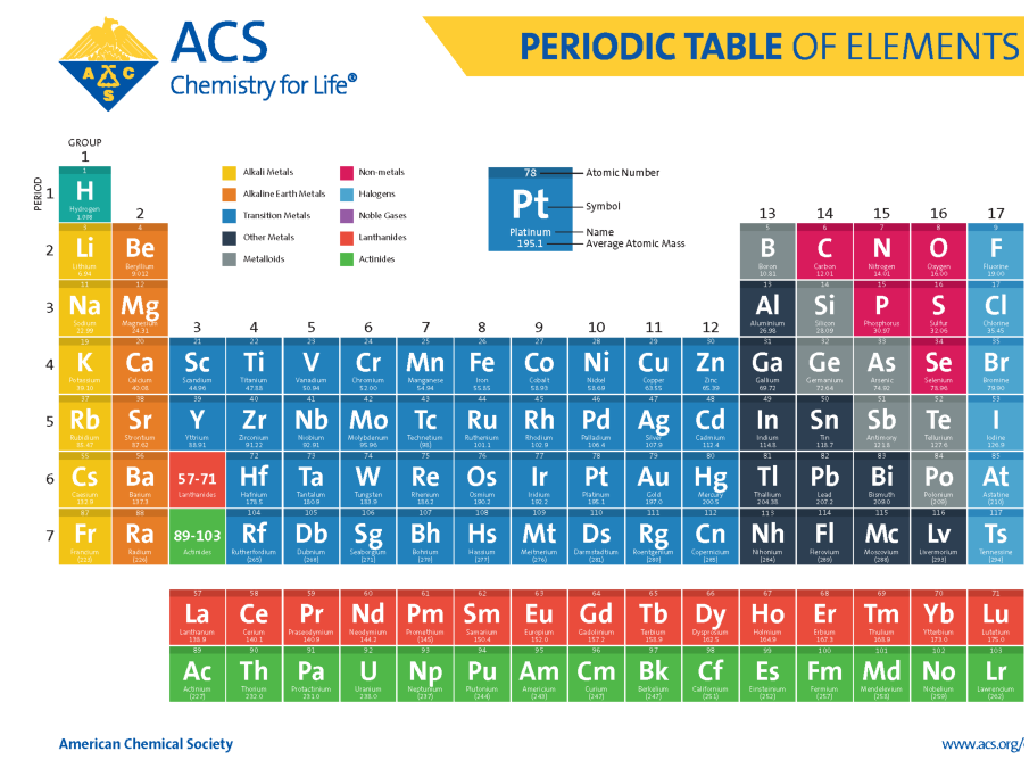Add And Subtract Fractions With Unlike Denominators: Word Problems
Subject: Math
Grade: Sixth grade
Topic: Add And Subtract Fractions
Please LOG IN to download the presentation. Access is available to registered users only.
View More Content
Introduction to Fractions
– Recap: Fractions and their parts
– Fractions consist of a numerator (top) and a denominator (bottom).
– Like vs. Unlike Denominators
– Like denominators are the same, unlike denominators are different.
– Daily life applications of fractions
– Fractions are used in cooking, budgeting, and time management.
– Preparing for word problems
|
Begin the lesson by reviewing the concept of fractions, emphasizing the roles of the numerator and denominator. Clarify the difference between like and unlike denominators, as this is crucial for adding and subtracting fractions. Highlight the relevance of fractions in everyday life, such as in recipes or dividing expenses, to help students see the practical value of what they’re learning. This introduction sets the stage for tackling word problems that involve adding and subtracting fractions with unlike denominators, a key skill in sixth-grade math. Ensure students understand these foundational concepts before moving on to more complex problems.
Visualizing Fractions with Different Denominators
– Visualize like denominator fractions
– E.g., 1/4 + 2/4 shown with shaded parts
– Visualize unlike denominator fractions
– E.g., 1/3 + 1/4 shown with different shaded parts
– Compare like and unlike denominators
– Understand when fractions can be combined easily
– Strategies for adding and subtracting
– Use equivalent fractions to find common denominators
|
This slide aims to help students visually understand the concept of adding and subtracting fractions with like and unlike denominators. Start by showing fractions with like denominators and how they can be easily added by combining shaded parts. Then, introduce fractions with unlike denominators and highlight the need for finding a common denominator before combining. Use visual aids like pie charts or bar models to compare fractions with like and unlike denominators. Emphasize the importance of visualizing these concepts to build a strong foundation for solving word problems involving fractions. Encourage students to practice with visual examples and to develop strategies for finding common denominators.
Adding Fractions with Unlike Denominators
– Find a common denominator
– Least Common Multiple (LCM) of denominators
– Convert to same denominator
– Adjust fractions to equivalent forms
– Add numerators, keep denominator
– Numerator sum becomes new numerator
– Solve word problems
– Apply steps to real-life scenarios
|
This slide introduces the process of adding fractions with unlike denominators, a key skill in 6th-grade math. Start by explaining the concept of a common denominator and how to find it using the Least Common Multiple (LCM). Once students understand this, demonstrate how to convert fractions to have the same denominator by multiplying the numerator and denominator by the same number. Emphasize that when adding fractions, the denominator remains the same while the numerators are added together. To solidify understanding, present word problems that require these steps. Encourage students to work through problems in pairs or groups and share their solutions. Provide additional practice problems for homework to reinforce the concept.
Subtracting Fractions with Unlike Denominators
– Find a common denominator
– Common denominator: a number that both denominators can divide into
– Convert to same denominator
– Make equivalent fractions that have the common denominator
– Subtract the numerators
– After conversion, subtract the top numbers
– Keep the denominator same
– The bottom number (denominator) stays the same
|
When subtracting fractions with unlike denominators, the first step is to find a common denominator that both original denominators can divide into evenly. This may involve finding the least common multiple. Once a common denominator is found, convert the original fractions into equivalent fractions with this new denominator. After conversion, subtract the numerators (top numbers) of these equivalent fractions. It’s crucial to remember that the denominator (bottom number) remains unchanged throughout this process. Provide examples with step-by-step solutions to ensure students understand each part of the process. Encourage students to practice with word problems that require these steps.
Adding Fractions with Unlike Denominators: Word Problems
– Read the word problem carefully
– Spot fractions with different denominators
– Look for numbers written as fractions that have different bottom numbers
– Follow steps to add the fractions
– Find a common denominator, convert, add, and simplify
– Solve the problem and check your work
– Ensure your answer makes sense in the context of the problem
|
This slide is aimed at guiding students through the process of solving word problems that involve adding fractions with unlike denominators. Start by reading the problem thoroughly to understand the scenario. Next, identify the fractions involved and note their denominators. Teach students the steps to find a common denominator, convert the fractions, and then add them together. Emphasize the importance of simplifying the final answer. Finally, remind students to re-read the problem and ensure their solution is reasonable within the context. Encourage practicing with various problems to build confidence.
Word Problems: Subtracting Fractions
– Read the word problem carefully
– Find fractions with different denominators
– Look for numbers written as fractions that have different bottom numbers
– Use steps to subtract fractions
– Find a common denominator, make equivalent fractions, then subtract
– Solve the problem
– Check your answer by considering the context of the problem
|
This slide is aimed at teaching students how to approach word problems that involve subtracting fractions with unlike denominators. Start by reading the problem thoroughly to understand the scenario. Next, identify the fractions involved and note their denominators. Teach the students how to find a common denominator and convert the fractions into equivalent fractions with this common denominator. After aligning the denominators, guide them through the subtraction process. Emphasize the importance of re-reading the problem to ensure their solution makes sense within the context. Provide several practice problems and encourage students to explain their reasoning as they solve each one.
Class Activity: Fraction Word Problems
– Work on practice problems together
– Explain your problem-solving process
– Share how you figured out the answer
– Discuss and correct any misunderstandings
– Let’s identify where mistakes may happen and fix them
– Receive and apply feedback
– Feedback helps us learn and improve our skills
|
This slide is meant to facilitate a class activity focused on solving fraction word problems with unlike denominators. Start by presenting a problem to the class and work through it together, encouraging students to participate in each step of the process. Ask students to explain their thinking as they solve the problem, which will help them and their classmates understand different approaches to finding the solution. Be attentive to any misconceptions that may arise, and use them as teaching moments to correct and clarify. Provide constructive feedback on their methods and answers, and encourage students to apply this feedback to subsequent problems. Possible activities include solving problems on the board, peer-to-peer teaching, group work, or using manipulatives to represent fractions physically.
Class Activity: Fraction Scavenger Hunt
– Find objects representing fractions
– Create your own fraction word problems
– Use objects found to form a story problem involving fractions
– Solve problems with unlike denominators
– Apply methods to find common denominators before solving
– Add and subtract fractions in problems
|
This interactive activity encourages students to apply their knowledge of adding and subtracting fractions with unlike denominators in a fun and engaging way. Students will search the classroom for objects that can be used to represent fractions, such as a half-eaten pizza or a book divided into chapters. They will then create word problems based on these objects, challenging them to think critically about how fractions are used in everyday contexts. After crafting their problems, students will exchange them with classmates to solve, ensuring they practice finding common denominators and correctly adding or subtracting the fractions. For the teacher: Prepare a list of suggested objects beforehand to guide students who may struggle with the scavenger hunt. Also, have a mini-lesson ready on finding common denominators to refresh students’ memory before they begin creating their word problems.
Wrapping Up: Fractions with Unlike Denominators
– Summarize fraction addition/subtraction
– Remember to find a common denominator before adding or subtracting.
– Address any lingering questions
– Homework: Practice problems assigned
– Solve word problems involving unlike denominators.
– Reinforce learning at home
– Practice ensures mastery of today’s lesson.
|
As we conclude today’s lesson on adding and subtracting fractions with unlike denominators, it’s important to recap the steps for finding a common denominator and correctly combining the fractions. Address any questions the students may still have to ensure they are confident in the process. For homework, assign a set of word problems that require students to apply what they’ve learned. This will help solidify their understanding and prepare them for more complex problems. Encourage students to attempt the homework independently but remind them to reach out if they encounter difficulties. The goal is to reinforce the day’s learning and build a strong foundation in working with fractions.





